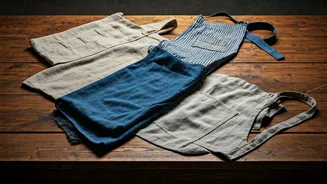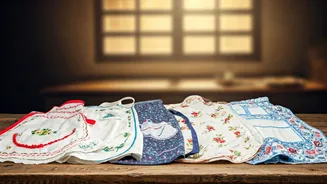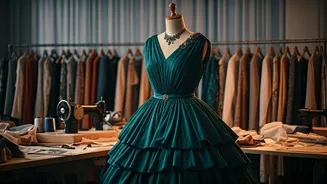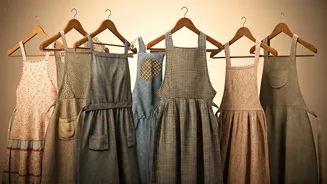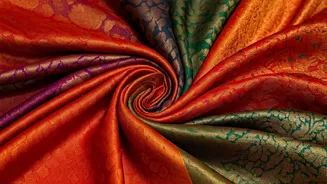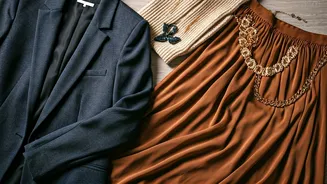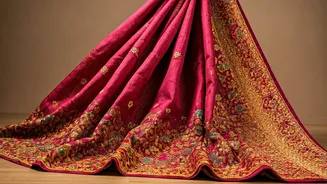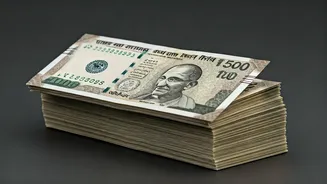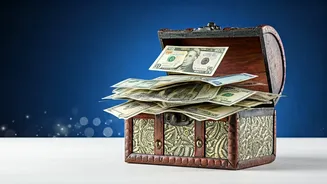Ancient Origins & Purposes
The apron's story begins in antiquity, functioning primarily as a practical garment. Early civilizations recognized the apron's value in shielding clothes
from dirt and damage during various activities. In ancient Egypt, for example, aprons were simple cloths, often made of linen or leather, offering protection for workers involved in manual labor. These early designs focused solely on utility. Similar usage patterns emerged in other early societies, where aprons served as a basic layer to preserve clothes from wear and tear. Over time, the materials and styles of aprons began to diversify, adapting to specific tasks and reflecting societal norms. They marked the very start of what would become a complex textile and a symbol of identity.
Aprons in Medieval Europe
Medieval Europe saw the apron's role grow. They began to be associated with specific occupations, such as blacksmiths, cooks, and butchers, with each trade adopting distinct apron designs. The apron offered protection and also communicated the wearer's profession. It showcased practicality and identity at a time when societal structures were more rigid. Aprons also began to have decorative elements, suggesting the increasing significance of aesthetics.
Aprons and Social Status
During the Renaissance and beyond, aprons became a sign of social standing. The fabric, design, and embellishments reflected the wearer's wealth and status. The elite might use luxurious materials, while simpler versions were used by the working class. Aprons, thus, revealed societal hierarchies. They transformed from functional items into symbols of wealth, elegance, and power, reflecting the societal structures that shaped the era.
Aprons in the Victorian Era
Victorian times brought significant changes to the apron's design. The apron became a prominent feature in households, particularly for women. Housekeepers and cooks often wore elaborate aprons that showcased the family's status. Aprons were practical but also decorative, reflecting a shift towards domesticity and elegance. The Victorian apron became a symbol of homemaking and social standing. The aprons were a crucial element of fashion during this period.
Aprons & the Modern Age
In the 20th and 21st centuries, the apron adapted to changing lifestyles. The apron remained a practical item for various professions, including cooking, crafting, and gardening. It has also become a fashion statement. Contemporary designers have embraced aprons as a versatile and stylish accessory. The apron's evolution reflects broader shifts in culture and fashion.
Aprons in Different Cultures
Aprons have taken on distinct characteristics across various cultures. In some cultures, aprons symbolize specific roles, rituals, or traditions. Styles, colors, and the way an apron is worn can convey meaning about a person's background. These variations highlight how an item can embody diverse cultural significance. The apron’s story emphasizes its capacity to adapt to local customs, traditions, and values.
Aprons Today: Function & Fashion
Today, aprons serve both practical and fashionable purposes. Home cooks, chefs, and craft enthusiasts still use aprons for protection and utility. Simultaneously, designers are innovating, creating aprons with new styles, fabrics, and functionality. Aprons represent the merging of practicality and style, indicating their continuous relevance and adaptability.
